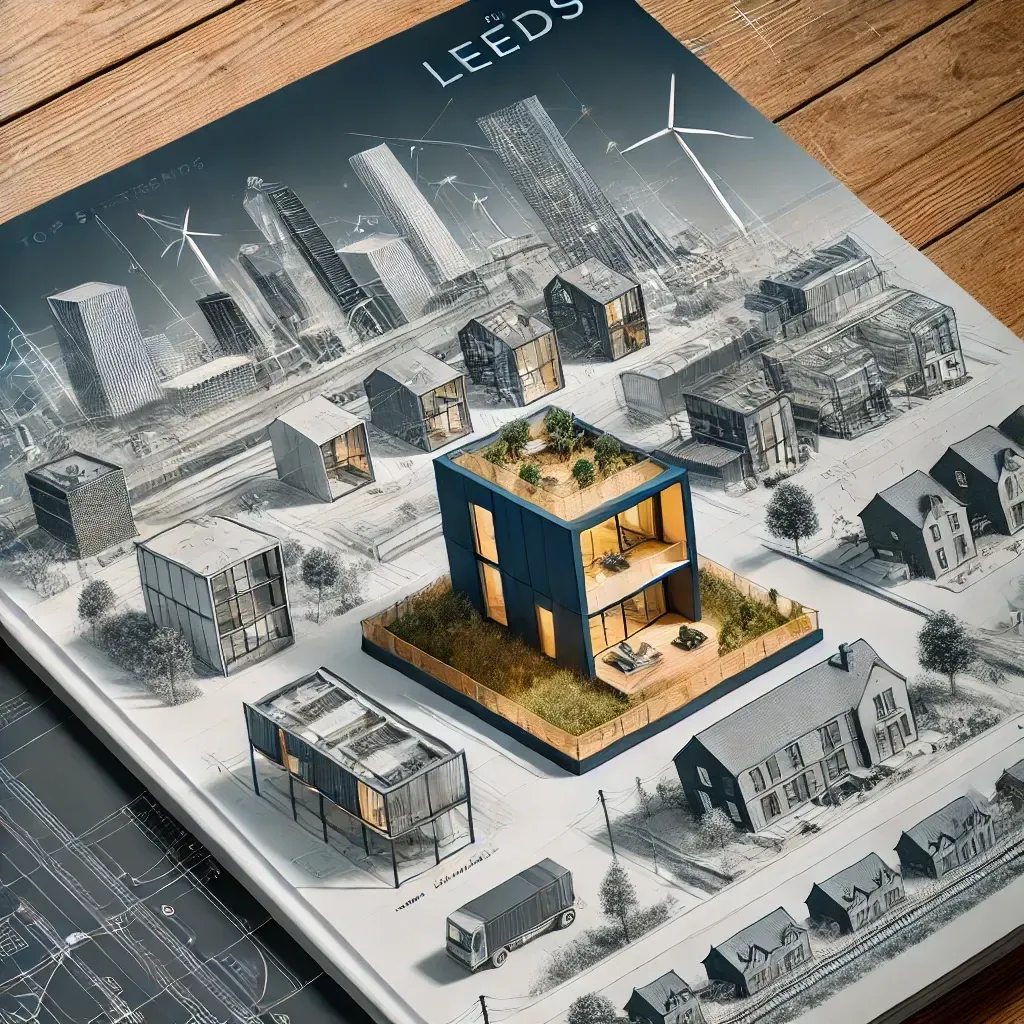How to Achieve the Perfect Balance of Function and Aesthetics in Design: A Leeds Perspective
How to Achieve the Perfect Balance of Function and Aesthetics in Design: A Leeds Perspective

In the realm of architecture, the pursuit of harmonizing functionality with aesthetics is a timeless endeavor. This balance ensures that structures are not only practical and efficient but also visually engaging and contextually appropriate. In Leeds, a city rich in architectural heritage and contemporary innovation, achieving this equilibrium is both a challenge and an opportunity.
Understanding the Core Principles
The foundation of balancing function and aesthetics lies in understanding their interdependence. Historically, the Roman architect Vitruvius articulated this through the triad of "firmness, commodity, and delight," emphasizing that a well-designed building must be structurally sound, functional, and beautiful . This principle remains relevant, guiding architects to create spaces that serve their intended purpose while also inspiring and uplifting those who use them.Wikipedia+1Wikipedia+1
The Leeds Context: Merging Heritage with Modernity
Leeds presents a unique architectural landscape where Victorian-era buildings coexist with cutting-edge contemporary structures. This juxtaposition offers architects the opportunity to draw inspiration from historical designs while integrating modern functionalities. For instance, repurposing old industrial buildings into residential or commercial spaces requires a sensitive approach that respects the original aesthetic while introducing modern amenities.
Strategies for Achieving Balance
- Contextual Analysis
- Understanding the site's history, culture, and environment is crucial. In Leeds, this might involve studying the local architectural vernacular, materials traditionally used, and the community's needs.
- Collaborative Design Process
- Engaging stakeholders, including clients, engineers, and the community, ensures that the design addresses functional requirements while reflecting aesthetic preferences.
- Innovative Use of Materials
- Selecting materials that are both durable and visually appealing can bridge the gap between function and aesthetics. For example, using locally sourced stone can provide structural integrity and resonate with Leeds' architectural character.
- Integration of Technology
- Employing modern design tools allows for precise modeling and visualization, facilitating the exploration of various design options that balance practicality with beauty.
Case Study: The Leeds Corn Exchange
The Leeds Corn Exchange exemplifies the successful integration of function and aesthetics. Originally designed as a trading hub, its grand dome and intricate detailing showcase architectural beauty, while its adaptive reuse as a retail and event space demonstrates functional versatility.
Embracing Organic Architecture
Architects like Frank Lloyd Wright championed the concept of organic architecture, which promotes harmony between human habitation and the natural world . This philosophy encourages designs that are sympathetic to their surroundings, using natural materials and forms that blend seamlessly with the environment—a principle that can be effectively applied in Leeds' diverse settings.Wikipedia
Conclusion
Achieving the perfect balance between function and aesthetics is a dynamic process that requires a deep understanding of context, collaboration, and creativity. In Leeds, where historical richness meets modern innovation, architects have the opportunity to create spaces that are both practical and inspiring. By embracing core architectural principles and adapting them to the local context, designers can craft environments that truly resonate with their users.
For more insights into architectural design and to explore how we can assist with your project in Leeds, visit Architecture365.
